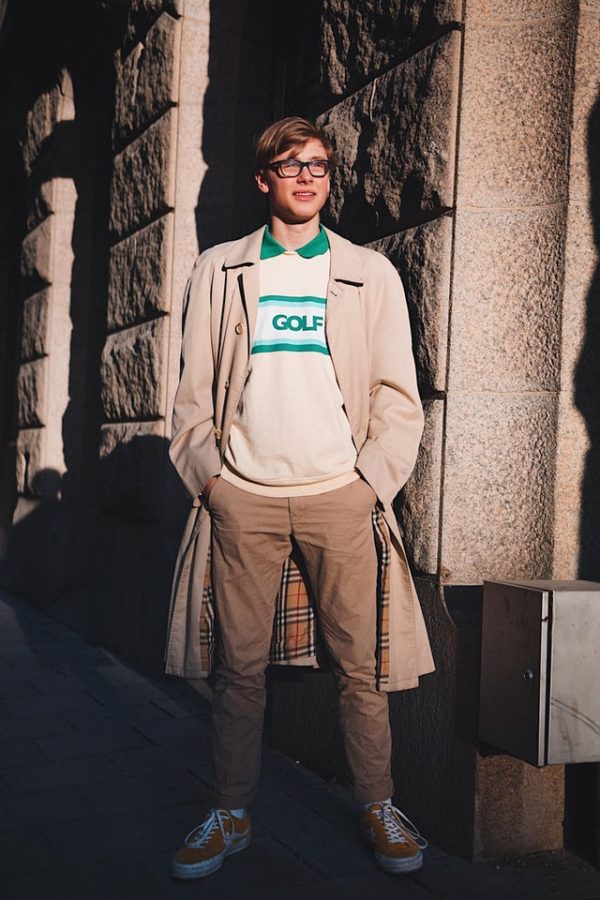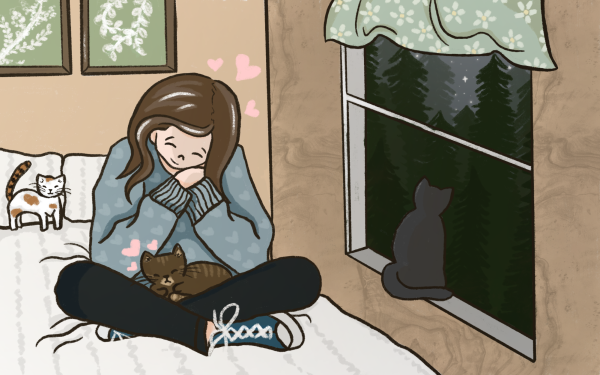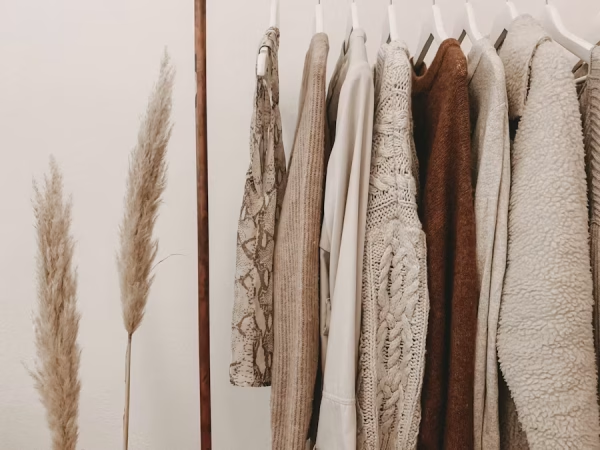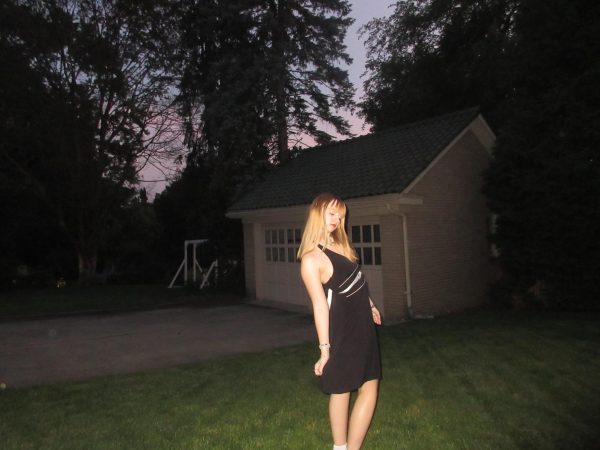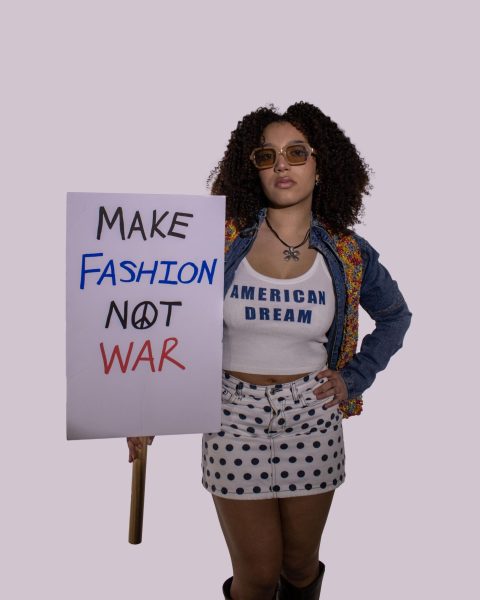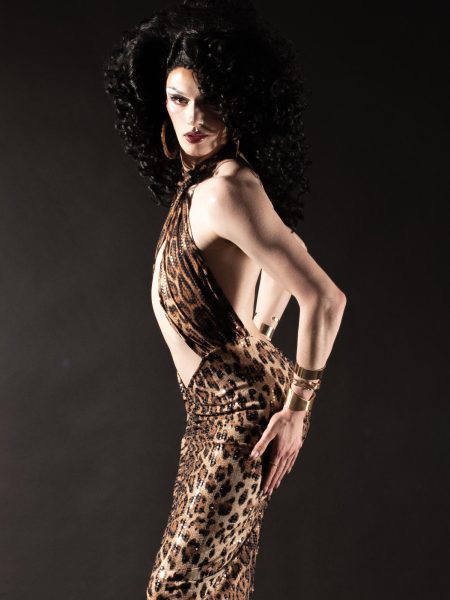everything you need to know about scandinavian street style
Street style is one of the first places trends emerge, eventually inspiring haute couture designers and brands. So Scandinavian style: what’s the hype about it? The region’s style choices have been gaining immense popularity in the interior design world for their use of clean lines, bright whites/colors and overall coziness. Elements of the interior have made their way into clothing, expressing themselves through minimalist looks with limited colors and an overall sustainable feel.
Key elements: layering, monochrome/limited colors, scarves, minimalism, boots, sustainability
Scandinavian style, also called Scandi-style, is environmentally conscious and overall very minimal. There is a distinct, clean look surrounding this style which makes sense given the region it hails from. With bright summer days and dark winters, comfort and simplicity are favored over everything.
The two leading countries in Scandi-style are Sweden and Denmark. Both countries follow a similar outline with the same key elements, but diverge in a few places. Overall, many people agree that Danish style is edgier, including more colors or prints and overall more experimental. Swedish style is more refined, with clean whites and an overall elegant feel. The two reunite in their love of sustainability, whether that be in thrifting garments, eco-conscious materials and fibers or quality over quantity.
One of the most common trends within Scandi-style is comfort, both from the cold and in day-to-day life. Large scarves are almost a necessity during the winter and because of that, they have been used as means for making a statement. Whether that be through pattern, texture or color, the scarf has been elevated to be a part of the outfit, not just an afterthought. Sweaters are also a vital part of the style, with bulkier, warm ones being prevalent in the winter months, and then cardigans being worn in the spring and summer. Along with being prepared for the cold, Scandinavia is one of the few European regions that wears athleisure. One of the things Americans hear the most about traveling to Europe and wanting to blend in is to avoid wearing sneakers or leggings. While this rule does still hold a little true in the Nordic countries, as there is a point of looking American or heading to the gym, the area values comfort more than other places like Italy or France.
Minimalism is incredibly prevalent within Scandi-style, both in the clothes and home design. While everything is textural and has dimensional interest, cuts and fabric remain sleek and put together, and accessories are always intentional. One of the reasons everything feels so perfected is the fit the garments have on the body. Here in the United States, many people favor oversized pieces, or very tight ones, far less in between, whereas Scandinavian style is very tailored to the body, whether that is through buying articles that fit from the get-go or getting clothes altered to fit right. These fitted garments in combination with layering creates a well-defined and intentional silhouette.
Now minimalist fashion doesn’t inherently imply neutral colors, but there is definitely a lot of that. Whether it be black on black, a range of beiges or a white-centric outfit, Scandinavia is well known for their clean colors. That being said, pastels and bold colors have been making themselves known, whether that be a pale green or a neon orange, and bright colors are being paired with those previously well known, almost infamous, muted colors. Despite the influx of colors being used, one thing stays true: there is still a very limited color palette in each outfit. As seen at Spring 2022 Copenhagen Fashion shows, most patrons select somewhere close to three colors and stick to them, meaning everything matches close to perfectly. Sometimes, it’s the shoes or a main garment that is the pop of color, while other times wearers choose an entirely monochrome outfit.
As far as sustainable wear goes, Scandinavia has it down. Trendsetters seem to be shopping with more locally owned brands, and while not every purchase is a splurge, basics are seen as vital elements to the wardrobe. Quality is key in these looks, from the materials used to the construction to the overall fit. As previously mentioned, one of the reasons Scandi-style is so recognizable is the attention to fit and investment put into tailoring their garments. Now this doesn’t mean everyone is perfect and only shops sustainably, but the emphasis placed on pieces with good quality and ethics is far stronger than somewhere like the United States. This makes its way into material as well, with importance being placed on natural fibers, such as cotton, linen and wool.
For those looking to shop a more sustainable wardrobe, some brands to look into are Acne Studios, ATP Atelier, Ganni and Filippa K. These brands have that aforementioned sleek, tailored feel where each purchase feels intentional. That being said, the number one starting point comes from the root of Scandinavian culture: sustainability. Looking in thrift stores for pieces that fit the look is always a possibility, and oftentimes comes at a better price than shopping retail or online.
Support Student Media
Hi, I’m Grace Avery, the Editor In Chief of A Magazine. My staff and I are committed to bringing you the most important and entertaining news from the realms of fashion, beauty and culture. We are full-time students and hard-working journalists. While we get support from the student media fee and earned revenue such as advertising, both of those continue to decline. Your generous gift of any amount will help enhance our student experience as we grow into working professionals. Please go here to donate to A Magazine.

